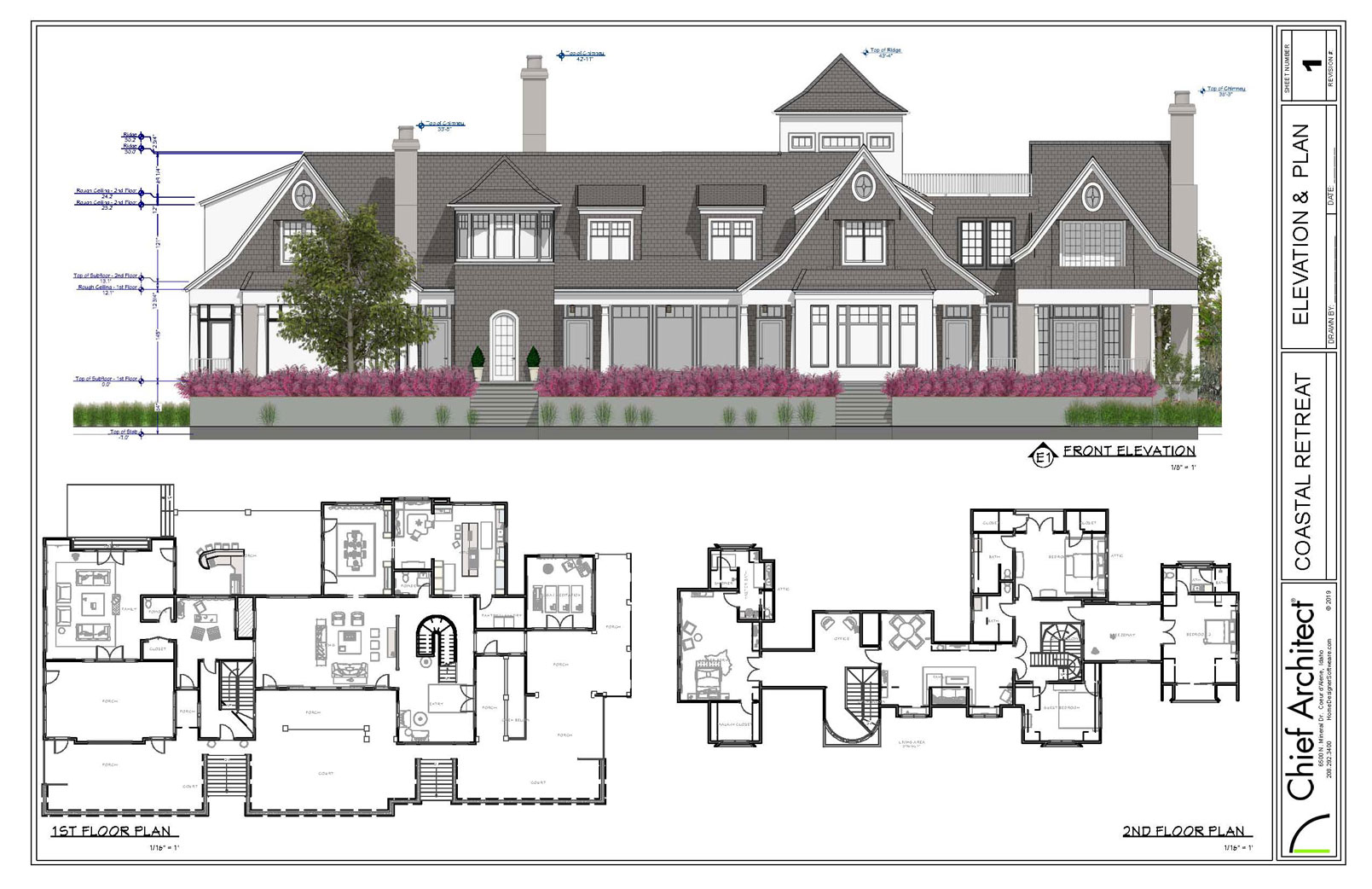

Designed by local architect Magnus Jemne, the room quickly became a national model for service to teens. The Skinner Teen Room, named for library benefactor James H. The Youth Services area houses three bronze sculptures, by Saint Paul native Lee Hunt, of Ramona the Pest, the character from the famous children's books by Beverly Cleary. For example, note the historic stone arch doorways marking entrances to the youth areas. Previous renovations here sought to capture the character of the original children's and teen areas. The Youth Services area occupies the west wing of the first floor. King Welcome Center, renovated in 2015-2016. The library's entryway lobby leads to the Otto Bremer Community Room, renovated in 2013, and, across the hall, to the Peter J. The Kellogg Boulevard courtyard, including a new entrance, was also redesigned during the renovations. The floors of the three main rooms were originally of compressed cork, which was recreated in a renewal project completed in 2002. The original woodwork in the building is a gray stained maple. Blue Rutland and golden vein Formosa marble are also used in select areas. The exterior of the library is of Tennessee marble, while the interior is finished in gray Mankato stone. The style was continued throughout the interior of the library.

Some features marking the style include the round-arched windows, the Palladian style entrances, the large stonework, the balustrade surrounding the building, the rondel features near the arched windows, use of classical columns and pilasters, and the cornice capping the structure. The Central Library was designed in the Italian Renaissance Revival style. Morgan Library in New York, completed in 1906. Litchfield's design for Saint Paul's Central Library also was heavily influenced by the design for the new J. Later, he studied architecture with the New York firm of Carrere and Hastings, designers of the renowned New York Public Library. Born in 1862, Litchfield had studied at the Polytechnic Institute in Brooklyn and the Stevens Institute of Technology. By late 1912, Litchfield had been officially selected as the architect. Hill, as the architect of Central Library. The entire building, including the Hill Reference Library, was completed in 1917 at a cost of approximately $1.5 million.Įlectus Litchfield was first suggested by his uncle, Reverend William C. Finally, ground was broken for Central Library in 1914.


Hill offered to contribute funds for a reference library attached to the public library, and additional monies were raised through a subscription campaign, a bequest from Greenleaf Clark, and the sale of bonds. In 1909, work began on a new building, and the next year, the library's site on Rice Park was chosen. Planning for the new Central Library occurred well before the 1915 fire.


 0 kommentar(er)
0 kommentar(er)
